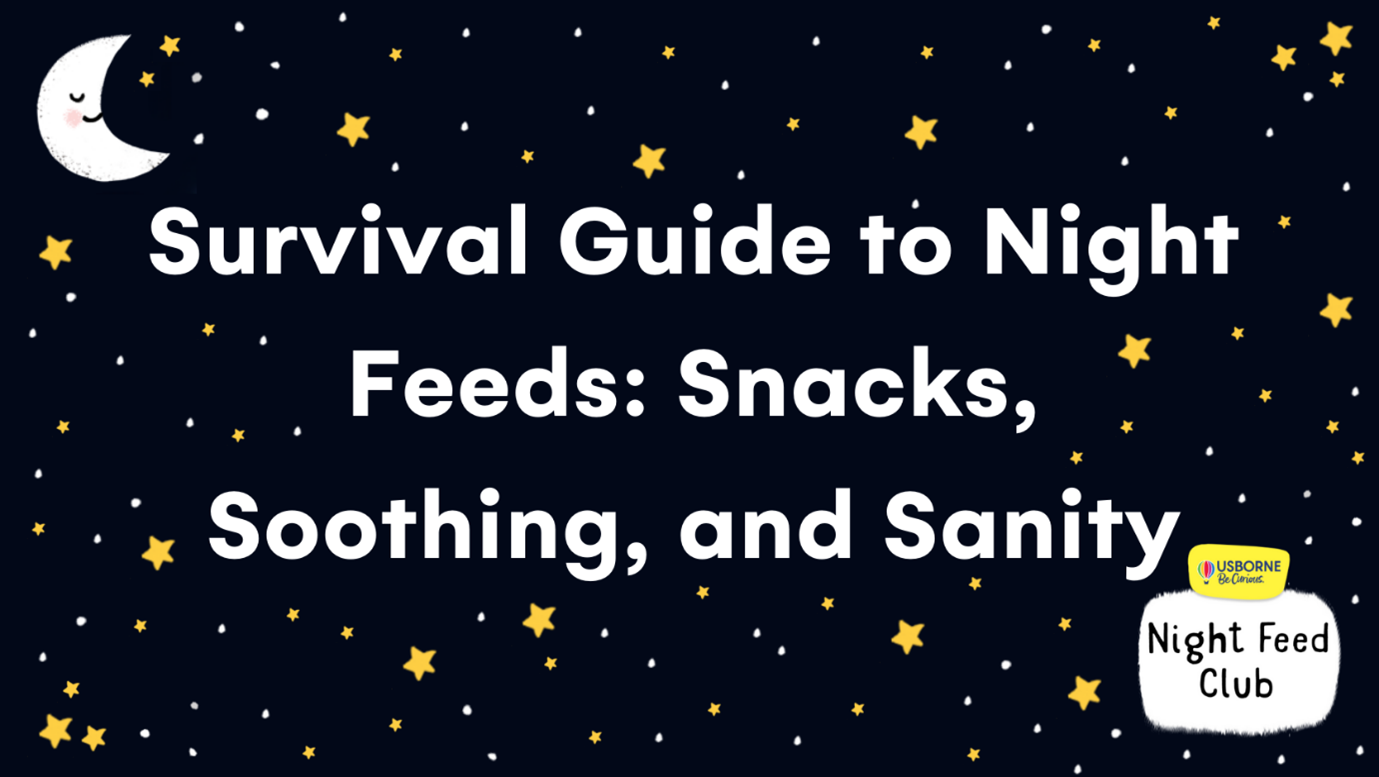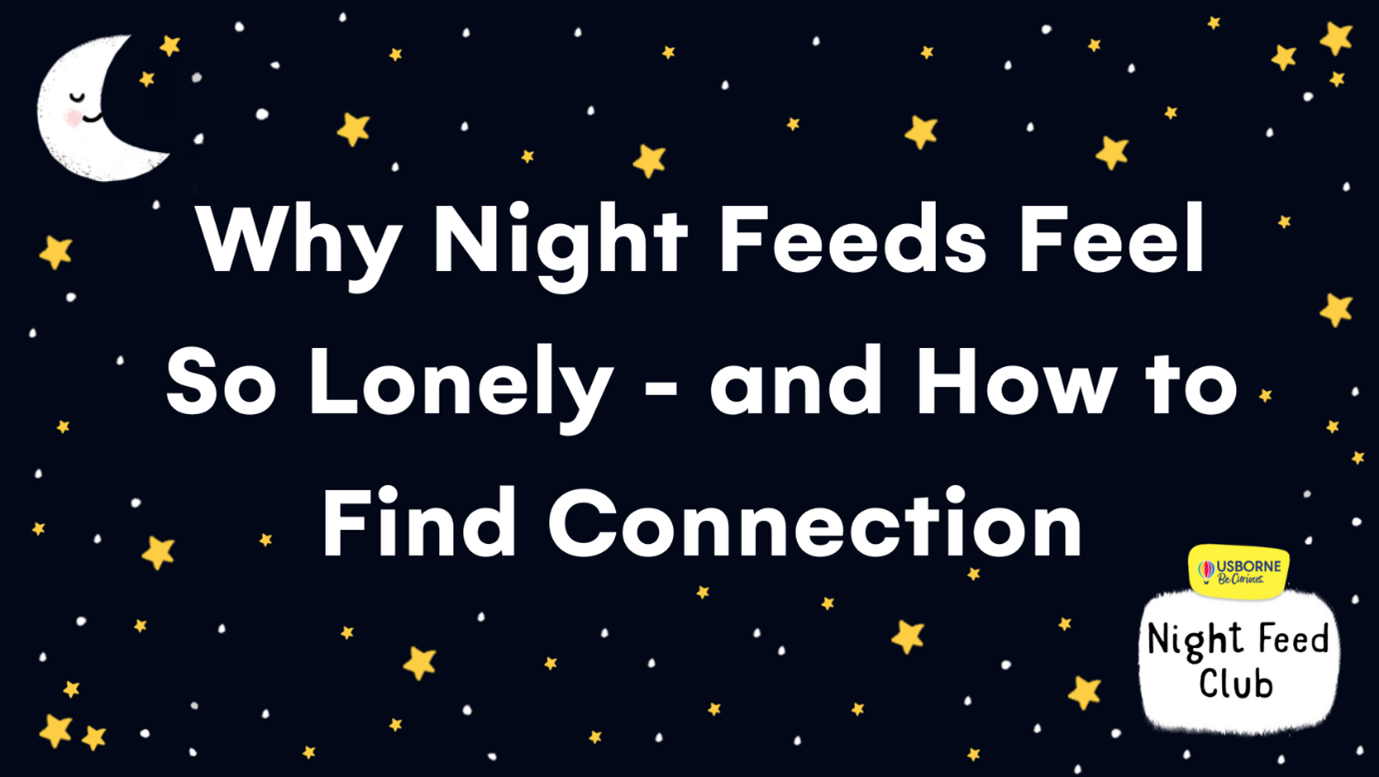- Tips and expert advice
What is phonics? Helping your child learn to read
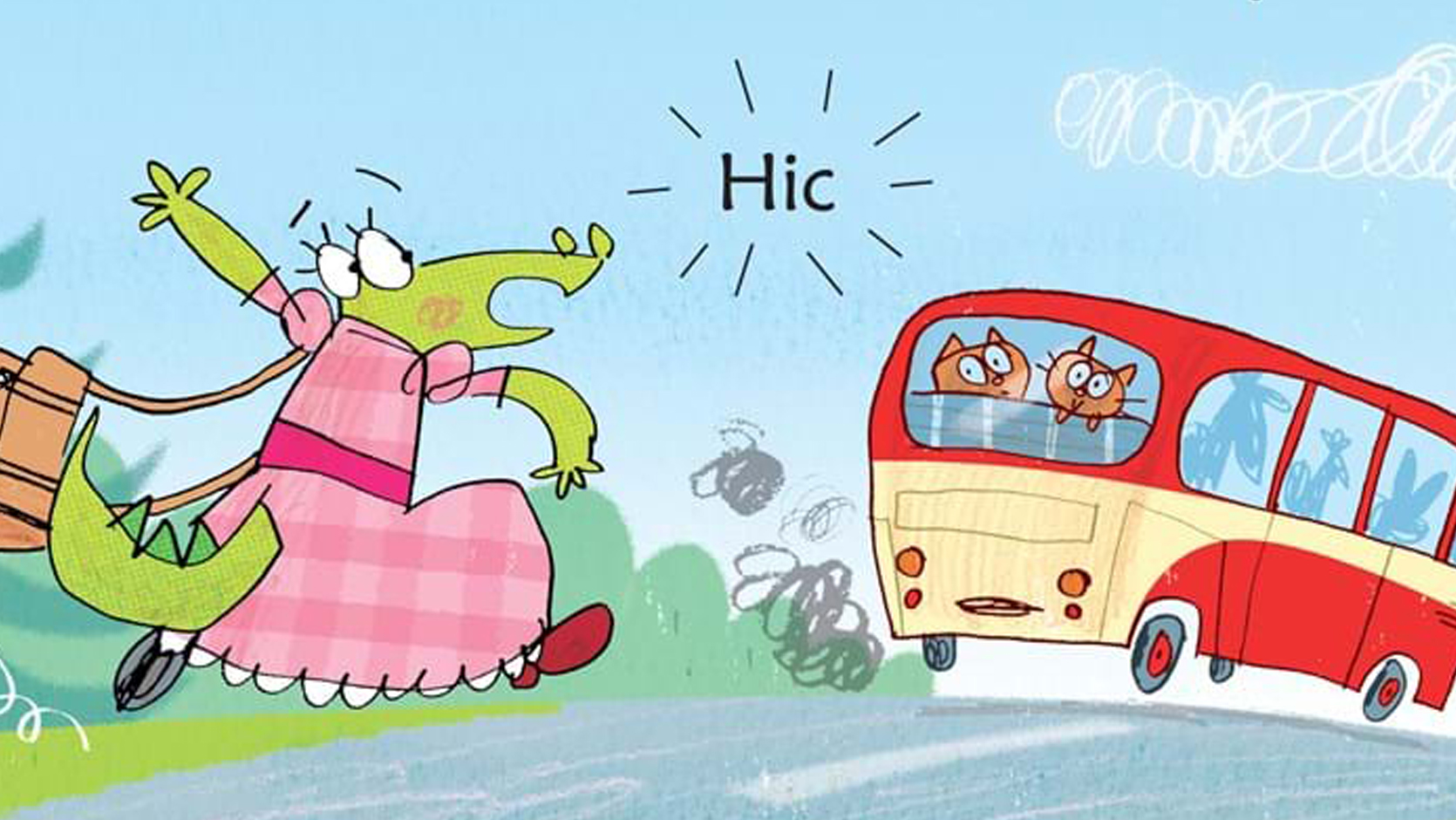
‘Phonics’ or ‘synthetic phonics’ is the most usual way for children to learn to read at school these days. This might seem very different from the way we learned to read at school ourselves – if we can even remember it! Many parents are worried about ‘getting it wrong’, or not knowing enough to help their children.
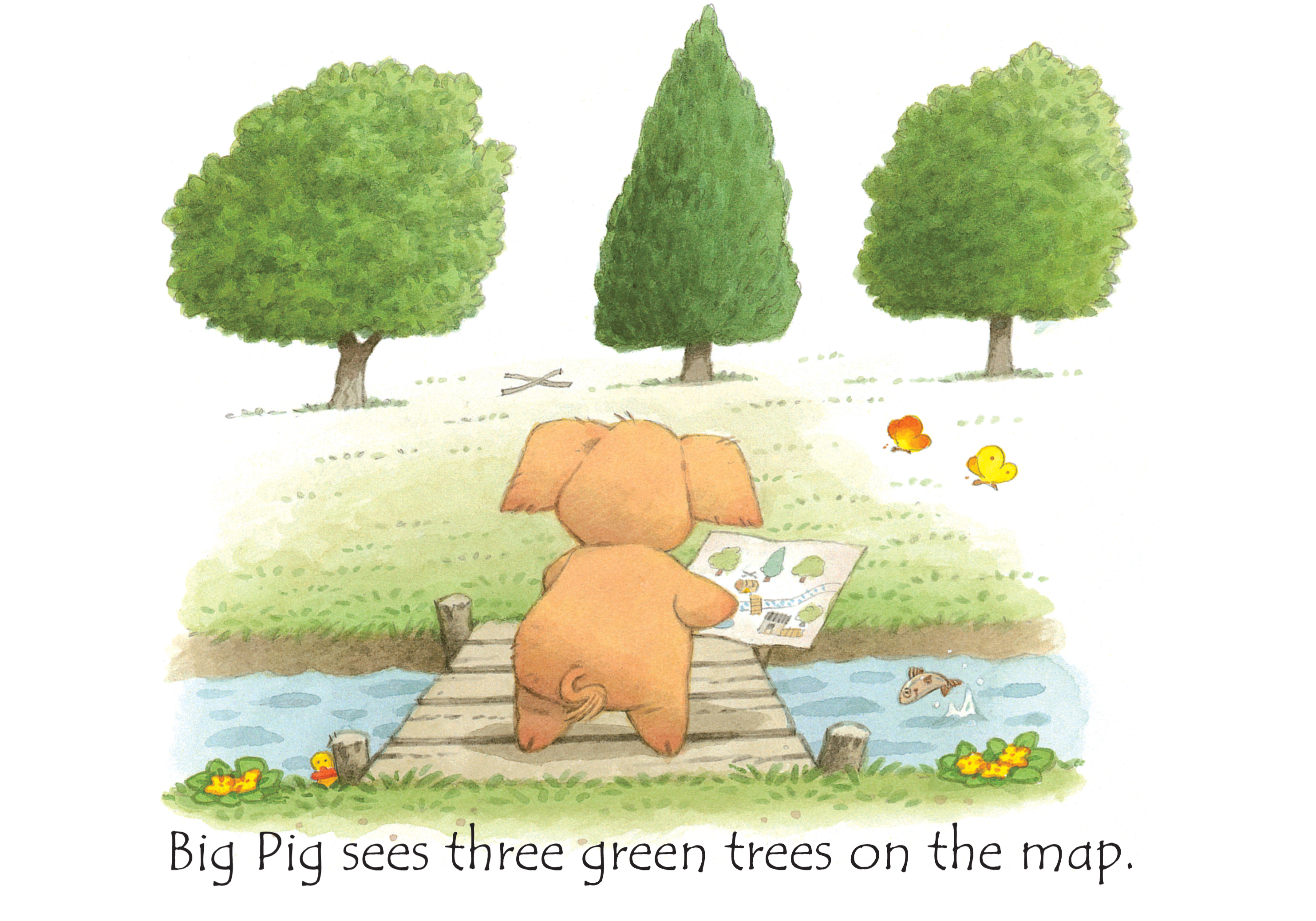
Illustration from Usborne Phonics Readers title Big Pig on a Dig
Actually, learning to read using phonics is quite straightforward for most children, which is why it has become such a popular method in schools. It’s all about identifying the sounds in the written word, and putting them together or blending to read the word. This can be as simple as the c-a-t sounds in ‘cat’, or the more complicated patterns in words like ‘teacher’ or ‘school’. Phonics teaching methods start with the simplest words and help children to practise those. Gradually they learn to read simple words more fluently, and to tackle longer and more complicated words.
How can you help?
The very best thing that you can do is to take an interest in your children’s reading. Ask them to show you what they can already do, and to explain how they use phonics to tackle new words. Let them read to you, and give them plenty of encouragement and praise when they do well. If they make mistakes, suggest that they go back to problem words and try them again. Always give them the opportunity to correct themselves before you help, and if they are still struggling, do help them to sound and blend the word before you tell them what it is.
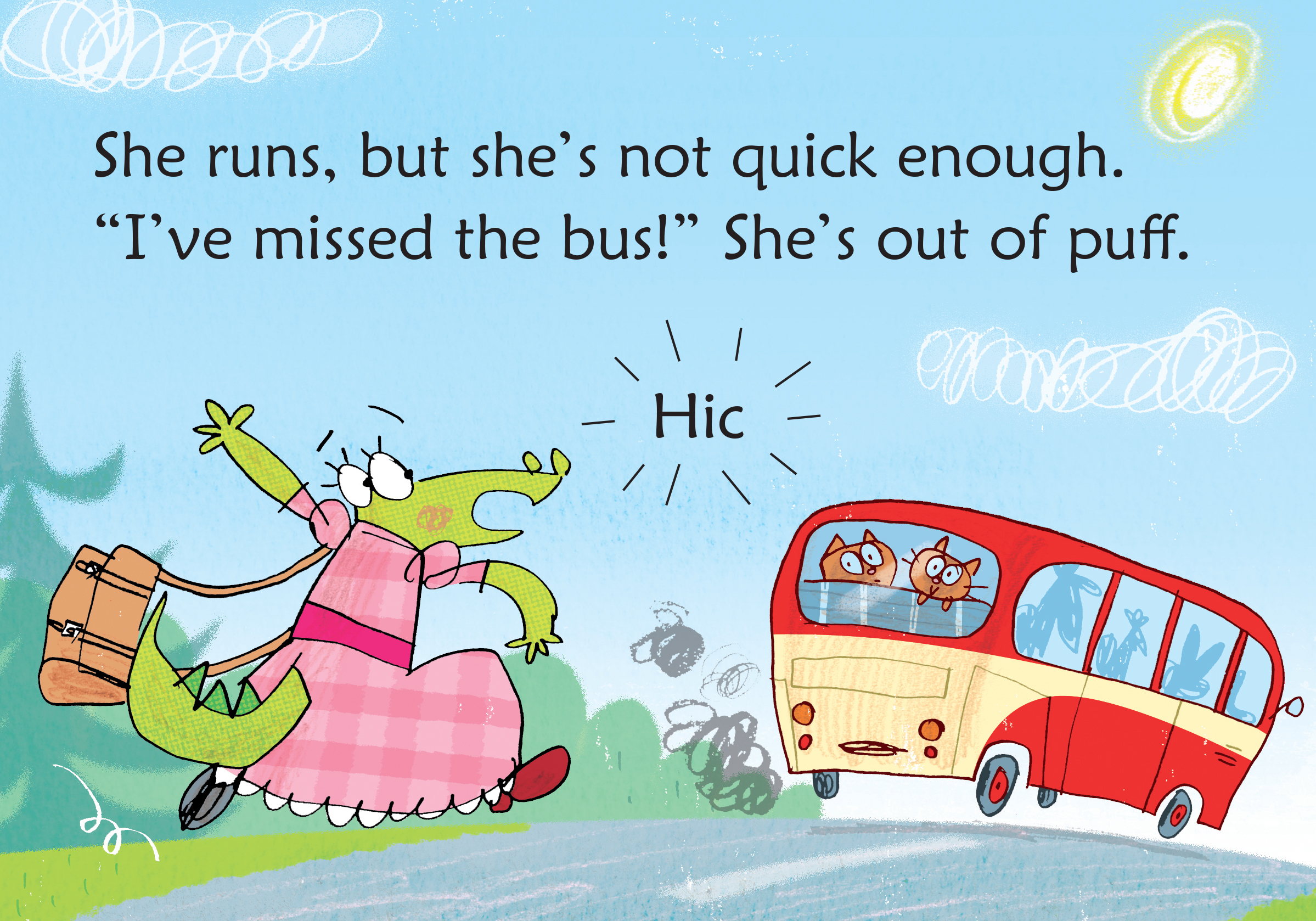
Illustration from Usborne Phonics Readers title Croc Gets a Shock
How sounding and blending works
It’s important to use the letter sounds rather than names, so ‘kuh-ah-tuh’ (keeping the sounds as short as you can) rather than ‘see-ay-tee’. If you say ‘kuh-ah-tuh’ faster and faster, you’ll hear how the sounds run together until you can hear the whole word ‘cat’. Children don’t have to do this every time they read the word, of course: once they are familiar with a word, they will start to read it more and more fluently and automatically; but this sounding and blending is the most helpful way for them to tackle new words.
“But that only works for really short and simple words.”
That’s true to some extent. There are many sounds in English which use combinations of two or three letters, called digraphs or trigraphs; for example, the ch-air sounds in the word ‘chair’. Children start by learning the simple one-letter sounds and then move on to these – you may already have heard your children talk about learning their digraphs.
There are some words, too, which are very common but are not pronounced in a completely regular way. Your child’s school might call them ‘common exception words’ or ‘high frequency words’, and they include words like ‘I’ and ‘is’ and ‘he’ and ‘the’. Children soon learn to recognize these and read them without stumbling, however, because they are so common in everyday speech.
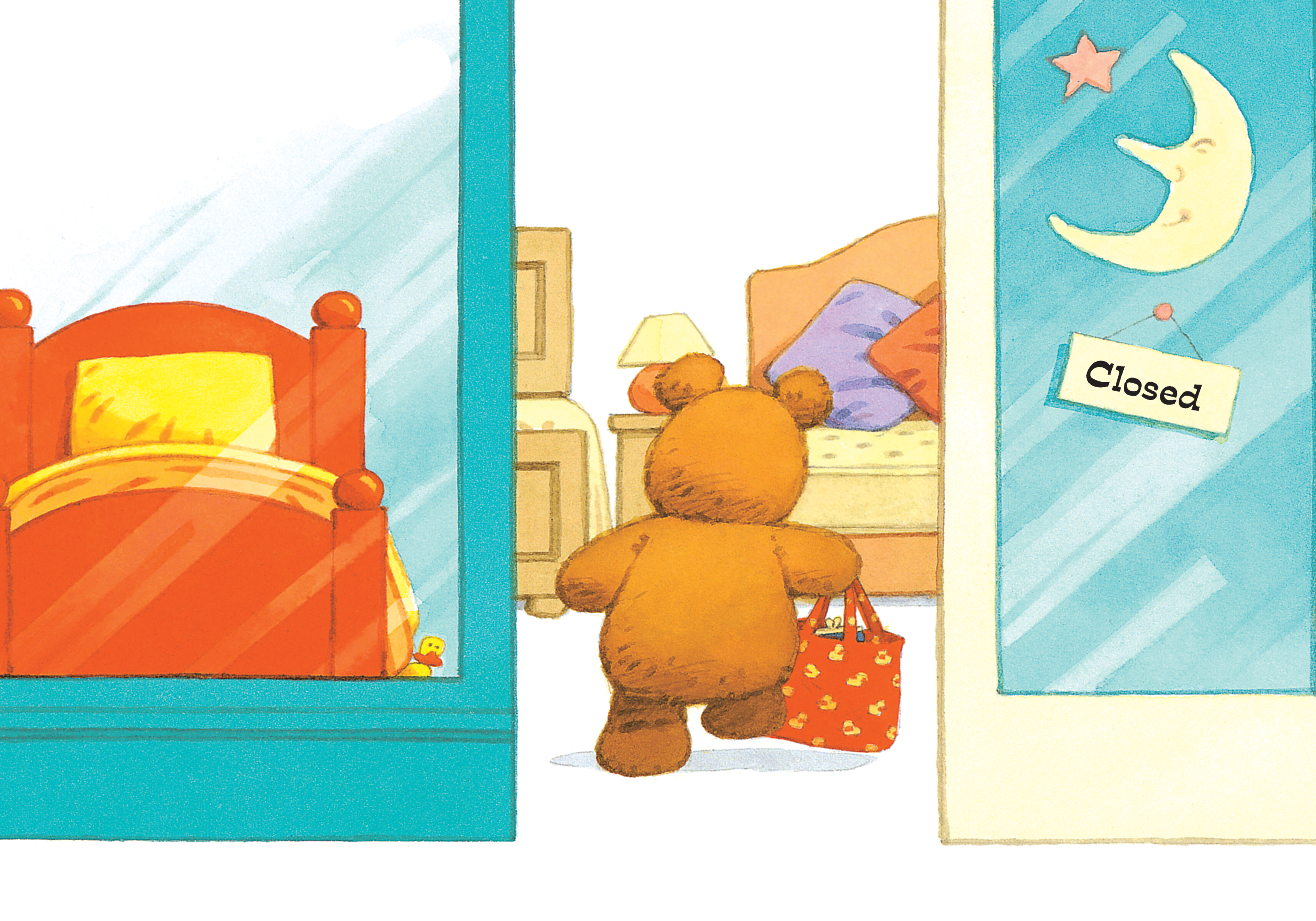
Illustration from Usborne Phonics Readers title Ted in a Red Bed
Learning more words and longer words
English is a complex language, and there is often more than one way of spelling the same sound. Consider the ‘ee’ sound in ‘meet’: it’s the same sound as the ‘ea’ in ‘read’, or ‘e-e’ in ‘these’. There’s often more than one way of pronouncing the same letter, too – the ‘a’ in ‘cat’, ‘acorn’, ‘want’ etc. After children have learned the basic phonemes and the most common ways to spell them in words, they will start to learn these many variations. School reading schemes help them to do this in a structured way, without overwhelming them, and they learn to recognize common patterns in words that look and sound similar. Rhyming stories can be very helpful for this, or stories with a strong element of repetition.
As a practice activity, you can find some downloadable sheets of words to read on the Usborne Very First Reading page. Try printing these off and then cutting them into small flashcards for testing. You could gradually add these to a small box, jar or envelope once your child can read them fluently, so that you can see together how much progress they are making.
Finding more ways to practise
If you are trying to boost your child’s reading, the more you can encourage your child to read to you, the better. If you’ve run out of reading books from school, see whether you can find others at the same level as ebooks (several school reading schemes have e-access). If you’re not sure of a book’s level, see whether it has a book band colour (these are often given on a book’s cover) or an Accelerated Reader book level. If it’s tricky to find levelled books, try reading from a poetry book or a favourite story together: your child could have a go at reading a short poem, or could read the speech text in a story (this is often simpler than the descriptive text, and gives your child a chance to read in short bursts which is less demanding).
The most helpful thing that you can do is to be positive about reading as an activity. Take an interest in your child’s progress, help them to feel positive about reading and about how much they can already do, and show that it is something you can enjoy together.


